
June Kathleen Lloyd, Baroness Lloyd of Highbury, DBE, FRCP, FRCP Edin, FRCGP was a British paediatrician and, in retirement, a cross bench member of the House of Lords. June Lloyd was a determined advocate for children's health and was instrumental in the establishment of the Royal College of Paediatrics and Child Health. In 1996, the college gained its royal status. She was also known for discovering that the damage caused to patients by the rare metabolic disease oQ-betalipoproteinaemia, that could be avoided by the use of Vitamin E. She was also known for discovering the role of lipid metabolism in health and disease in childhood, which was original and difficult to investigate at that time.
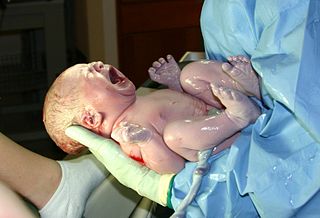
Neonatology is a subspecialty of pediatrics that consists of the medical care of newborn infants, especially the ill or premature newborn. It is a hospital-based specialty and is usually practised in neonatal intensive care units (NICUs). The principal patients of neonatologists are newborn infants who are ill or require special medical care due to prematurity, low birth weight, intrauterine growth restriction, congenital malformations, sepsis, pulmonary hypoplasia, or birth asphyxia.
The Royal College of Paediatrics and Child Health, often referred to as the RCPCH, is the professional body for paediatricians in the United Kingdom. It is responsible for the postgraduate training of paediatricians and conducts the Membership of the Royal College of Paediatrics and Child Health (MRCPCH) exams. It also awards the Diploma in Child Health (DCH), which is taken by many doctors who plan a career in general practice. Members of the college use the postnominal initials 'MRCPCH' while Fellows use 'FRCPCH'.

BNF for Children (BNFC) is the standard UK paediatric reference for prescribing and pharmacology.
Ola Didrik Saugstad is a Norwegian pediatrician, neonatologist and neuroscientist noted for his research on resuscitation of newborn children and his contribution to reduce child mortality. He is a Research Professor at Oslo University Hospital and Professor of Neonatology at Northwestern University's Feinberg School of Medicine in Chicago. He is Professor Emeritus of Pediatrics at the University of Oslo and was Director of the Department of Pediatric Research at Oslo University Hospital from 1991 to 2017.
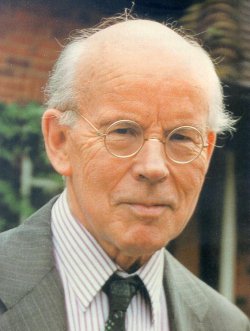
Sir John Peter Mills Tizard was a British paediatrician and professor at the University of Oxford. Tizard was principally notable for important research into neonatology and paediatric neurology and being a founder member of the Neonatal Society in 1959. Tizard was considered the most distinguished academic children's physician of his generation.
Archives of Disease in Childhood is a peer-reviewed medical journal published by the BMJ Group and covering the field of paediatrics. It is the official journal of the Royal College of Paediatrics and Child Health.

Dame Kate Isabel Campbell, DBE, FRCOG was a noted Australian physician and paediatrician. Campbell's discovery, that blindness in premature babies was caused by high concentrations of oxygen, resulted in the alteration of the treatment of premature babies world-wide and for this she received global recognition.
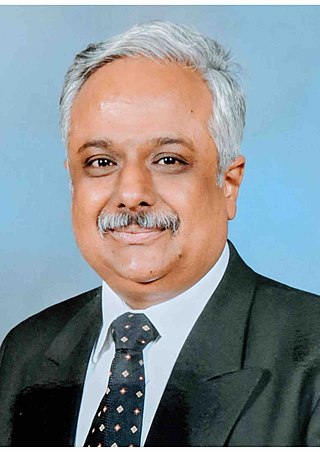
Dr. Karthik Nagesh is a neonatologist in India. He has been practicing neonatal intensive care since 1992 at the Manipal Hospital in Bangalore. He is well known in India for his pioneering work in intensive care for sick neonates especially, Surfactant Therapy and ventilation for sick babies with respiratory distress. He is currently the Chairman of the Manipal Advanced Children's Center and Chairman and HOD of Neonatology and Neonatal ICUs at the Manipal Hospitals Group as well as an adjunct professor of paediatrics, KMC at Manipal University.
Douglas Montagu Temple Gairdner FRCP was a Scottish paediatrician, research scientist, academic and author. Gairdner was principally known for a number of research studies in neonatology at a time when that subject was being developed as perhaps the most rewarding application of basic physiology to patient care, and later his most important contributions as editor, firstly editing Recent Advances in Paediatrics, and then of Archives of Disease in Childhood for 15 years, turning the latter into an international journal of repute with its exemplary standards of content and presentation.
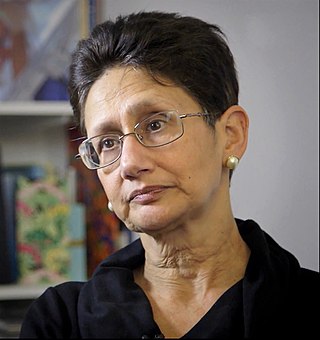
Neena Modi is a British physician and Professor of Neonatal medicine at Imperial College London. She is the current president of the UK Medical Women’s Federation, and past president of the Royal College of Paediatrics and Child Health, serving in this role from April 2015 to April 2018. She is one of only four women to ever hold this position.

Herbert Barrie, was a British consultant paediatrician and a leading figure in neonatology. He was a pioneer in the emerging specialty of paediatrics and neonatal medicine; and he developed one of the first neonatal intensive care units in London.
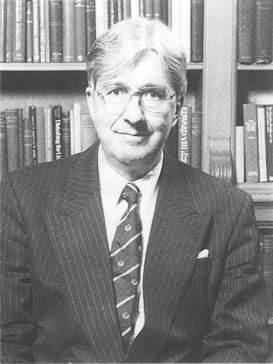
Edward Osmund Royle Reynolds, CBE, FRCP, FRCOG, FRCPCH, FMedSci, FRS, was a British paediatrician and Neonatologist who was most notable for the introduction of new techniques intended to improve the survival of newborns, especially those with respiratory failure, and for a series of papers regarding the value of techniques such as ultrasound imaging, nuclear magnetic resonance spectroscopy, and near infrared spectroscopy in determining the development and response to injury of the infant brain after birth.
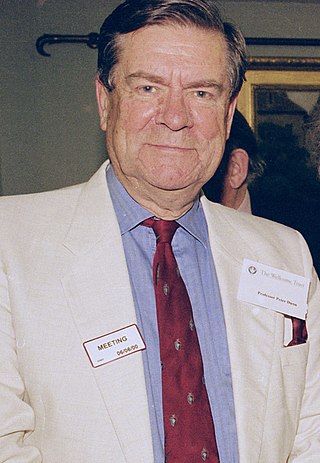
Peter MacNaughton Dunn, FRCP, FRCOG, FRCPCH was an English paediatrician. Dunn was most notable for introducing into the UK the Gregory box in 1971, that provides Continuous positive airway pressure in the treatment of infant respiratory distress syndrome of the newborn and conducting research into Hip dysplasia and fetal adaptation to extrauterine life. Dunn was also notable for being known for founding the charity association British Association of Perinatal Medicine.

Sir Kenneth William Cross FRCP was a British physiologist who was principally known for his fundamental contributions to the physiology of newborns that are relevant to paediatric practice.

David Robert Harvey was a British paediatrician and considered by his peers to be a champion of the less privileged. Harvey was most notable for developing the training of neonatal medicine doctors at a time when the speciality had no official recognition. Harvey was homosexual and never afraid to disclose it, even at the beginning of his career, when homophobia was more prominent.
Andrew Wilkinson is a Professor Emeritus of Paediatrics and Perinatal Medicine at All Souls College, Oxford. Wilkinson is most notable for being an international authority in neonatology and a lead author of the Standards of Care for NICU and NICE guidelines on retinopathy of prematurity.
Neil McIntosh is a British and Scottish paediatrician and neonatologist who was most notable for being the leading writer of a pivotal article that defined standards of ethical behaviour in paediatrics, including withdrawal of newborn intensive care. McIntosh is emeritus professor of Neonatology and Child Life and Health at the University of Edinburgh. During McIntosh's career he has researched mineral metabolism in preterm infants, computerised acquisition of physiological data in Neonatal Intensive Care Nursing.
Jennifer J. Kurinczuk is a British physician who is a Professor of Perinatal Epidemiology and Director of the National Perinatal Epidemiology Unit at the University of Oxford. In 2019 she was named an Honorary Fellow of the Royal College of Obstetricians and Gynaecologists. During the COVID-19 pandemic, Kurinczuk investigated the neonatal complications of coronavirus disease.
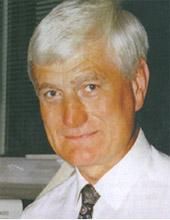
Henry Lewis Halliday was a British-Irish peaditrician and neonatologist. In 2021, Halliday was awarded the James Spence Medal for research into neonatology, for coordinating two of the largest neonatal multicentre trials for prevention and treatment of a number of neonatal respiratory illnesses and for a breakthrough in the development of a new lung surfactant that brought relief to very small babies suffering from infant respiratory distress syndrome (RDS).













